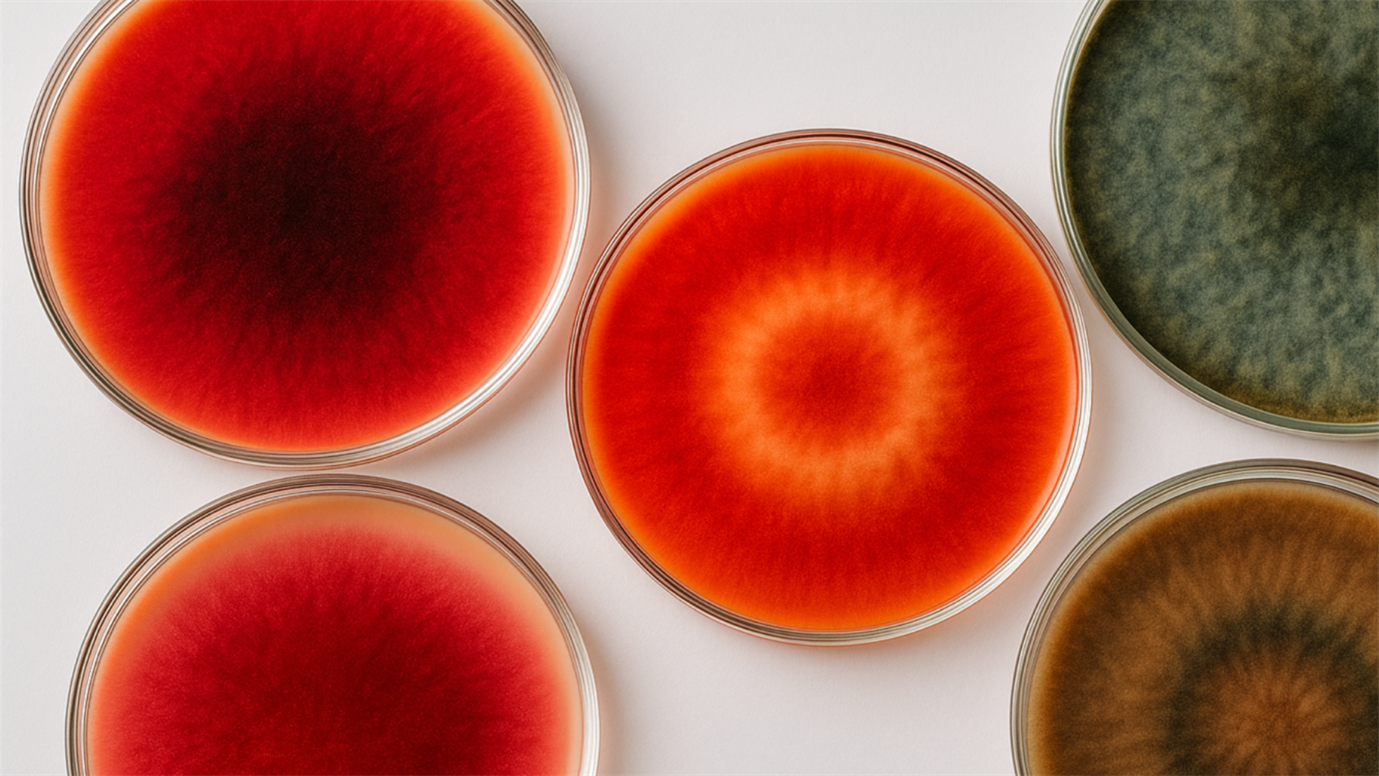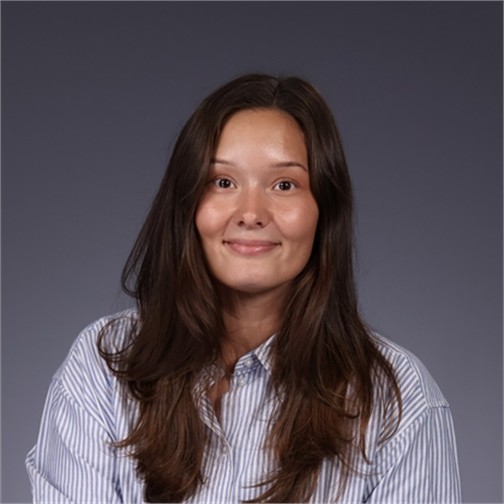
SIEVÄ
The color palette of northern fungi

Project information
| Project | The color palette of northern fungi (SIEVÄ) |
| Duration | 1.5.2025–31.12.2027 |
| Partners | Häme University of Applied Sciences |
| Funders | Hauho Savings Bank Foundation |
| Budget | 65,500 € |
In the SIEVÄ project, we seek sustainable alternatives to synthetic dyes by studying pigments produced by northern fungi and lichens and developing responsible methods for their production.
Dyes are an integral part of many industries and appear everywhere in daily life, from textiles to food products. Most dyes currently in use are synthetic, and their production consumes large amounts of natural resources, burdens ecosystems, and can even be toxic. While the need for sustainable biomaterials has been widely recognized, progress in dye development is still at an early stage. Future dyes must be safe and sustainable, and their production must not compromise biodiversity.
In SIEVÄ, we investigate biocolourants produced by fungi and lichens found in northern environments and develop methods for their sustainable production. These organisms generate a wide spectrum of pigments, including unusually bright and vivid shades, making them a promising source for new bio-based colour solutions. However, harvesting directly from nature cannot provide a sustainable basis for industrial use, as the required biomass volumes would be vast and would endanger ecosystem balance. For this reason, our research focuses on closed production systems, such as bioreactor-based processes. The goal is to develop scalable and environmentally sustainable methods that enable the industrial use of biobased dyes without threatening biodiversity.
Target group
The project’s target groups include companies in the textile, food, and design industries, as well as industrial actors seeking sustainable, bio-based colorant solutions. Researchers and experts working on new biomaterials and production technologies also form an important part of the target audience.
Operating area
The project is carried out in Finland and focuses on fungal and lichen species occurring in northern environments. However, the results have broader applicability and support the objectives of the bioeconomy and circular economy in European and global contexts.
Contact information
